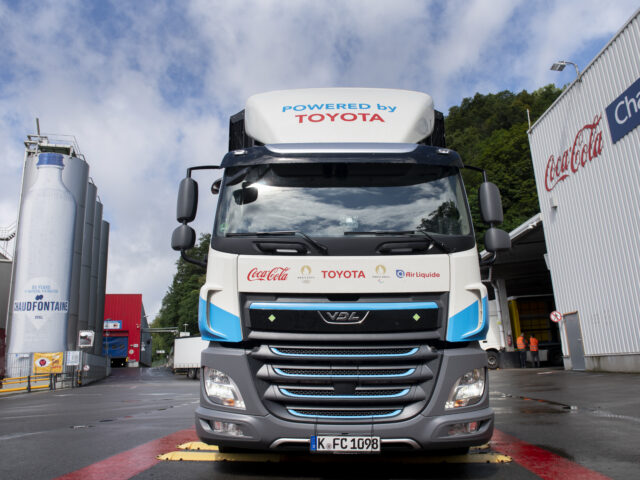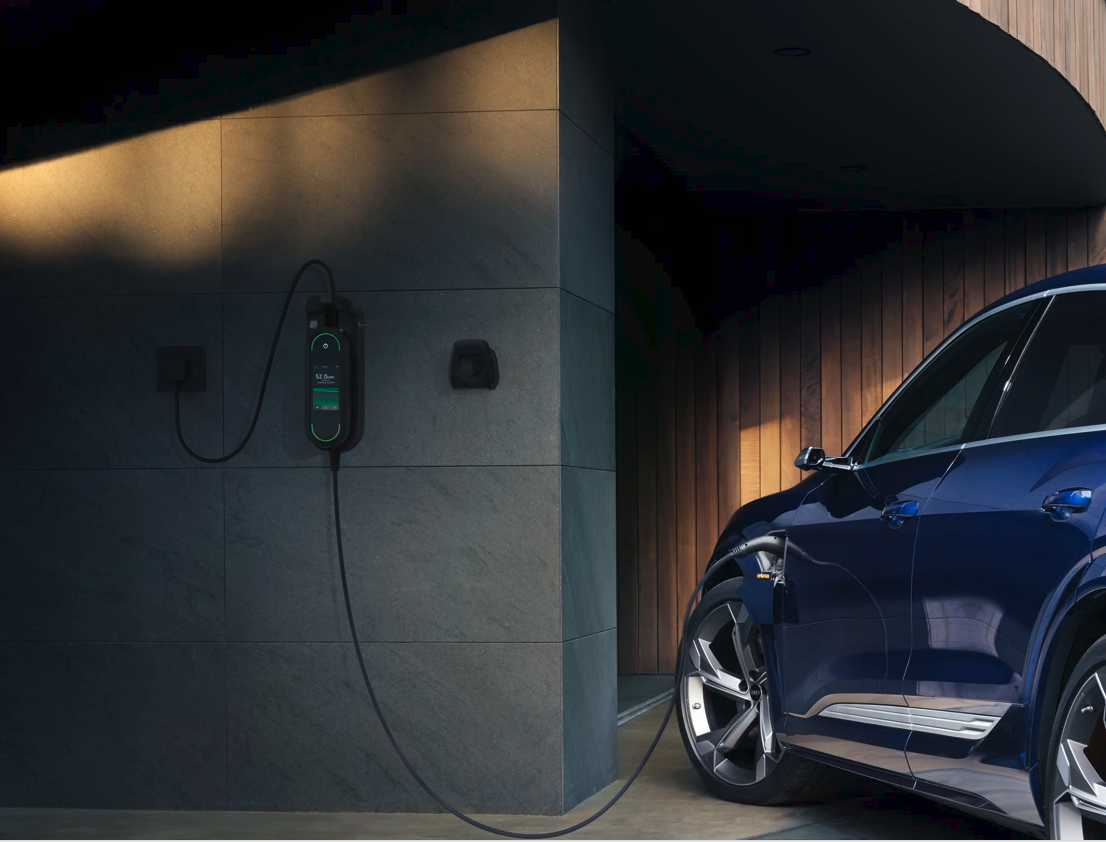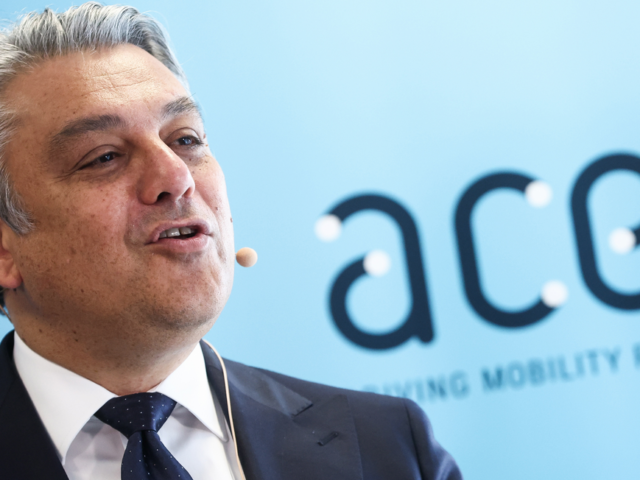
Audi tests grid black-out prevention with e-trons

Audi conducted a small-scale test with its e-trons using ‘intelligent charging’ to prevent a doom scenario of a black-out in case of overloading by cars charging at the same time /Audi
German carmaker Audi has set up a small-scale test in Germany to mimic one of the 'horror scenarios' skeptics of the electric car are projec


Comments
Ready to join the conversation?
You must be an active subscriber to leave a comment.
Subscribe Today